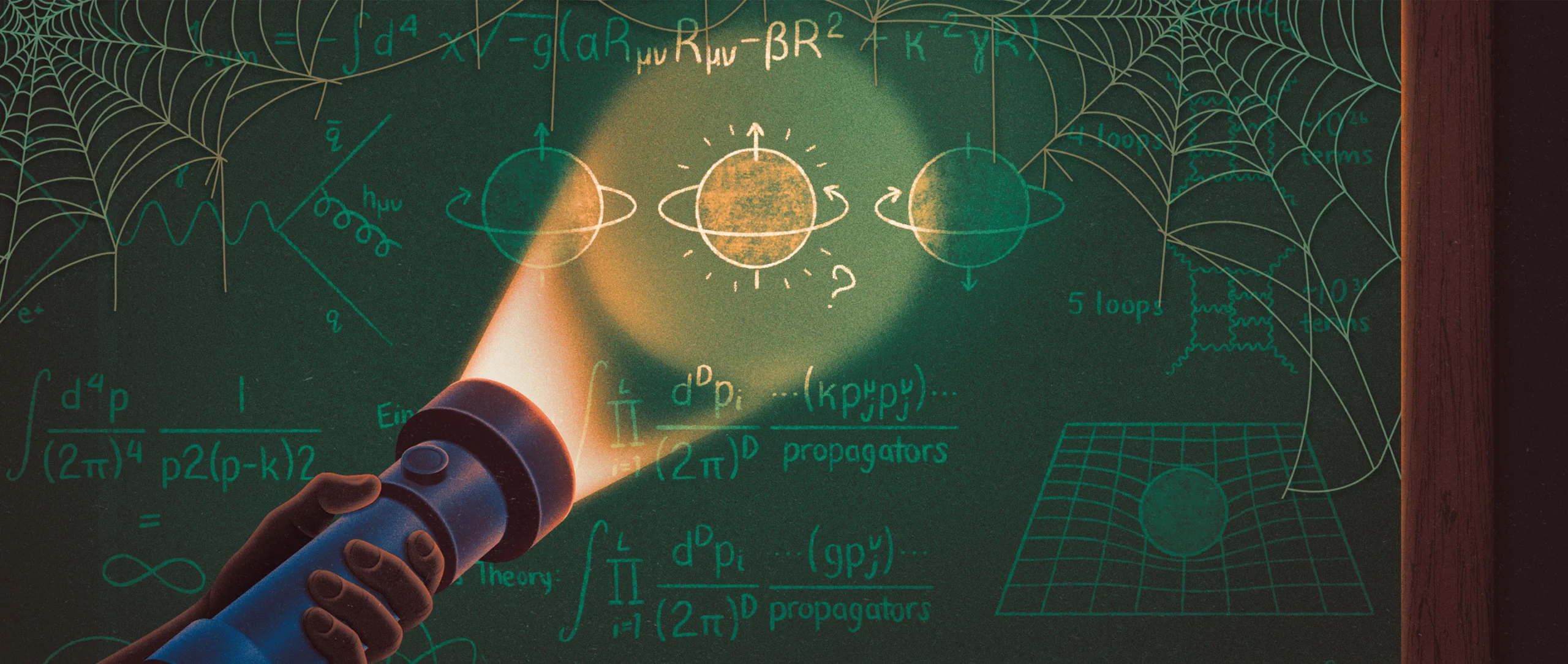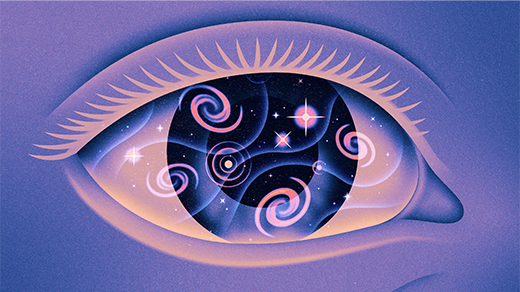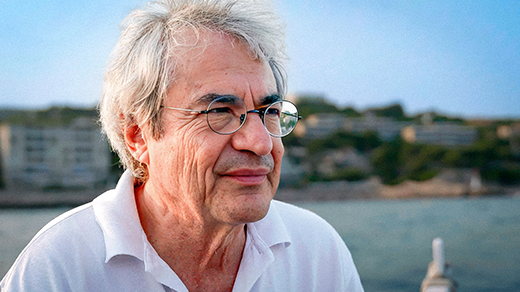What's up in
Physics
Latest Articles
The Year in Physics
Physicists spotted a “terribly exciting” new black hole, doubled down on weakening dark energy, and debated the meaning of quantum mechanics.
Why Is Ice Slippery? A New Hypothesis Slides Into the Chat.
A newly proposed explanation for the slipperiness of ice has revived a centuries-long debate.
Particle Physicists Detect ‘Magic’ at the Large Hadron Collider
The supercollider is now being used to explore quantum phenomena, including a “magic” form of quantum entanglement.
Cosmic Paradox Reveals the Awful Consequence of an Observer-Free Universe
Encouraged by successes in understanding black holes, theoretical physicists are applying what they’ve learned to whole universes. What they’re finding has them questioning fundamental assumptions about how physics ought to be done.

Old ‘Ghost’ Theory of Quantum Gravity Makes a Comeback
Has the secret to understanding gravity been hiding in plain sight for nearly 50 years?
Mixing Is the Heartbeat of Deep Lakes. At Crater Lake, It’s Slowing Down.
The physics of mixing water layers — an interplay of wind, climate and more — makes lakes work. When it stops, impacts can ripple across an ecosystem.
Physicists Take the Imaginary Numbers Out of Quantum Mechanics
Quantum mechanics has at last been formulated exclusively with real numbers, bringing a mathematical puzzle at the heart of the theory into a new era of inquiry.
Carlo Rovelli’s Radical Perspective on Reality
The theoretical physicist and best-selling author finds inspiration in politics and philosophy for rethinking space and time.
How Soon Will the Seas Rise?
The uniquely vulnerable West Antarctic Ice Sheet holds enough water to raise global sea levels by 5 meters. But when that will happen — and how fast — is anything but settled.







